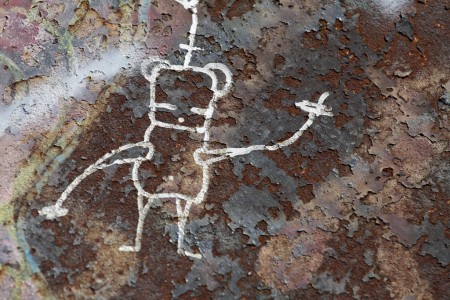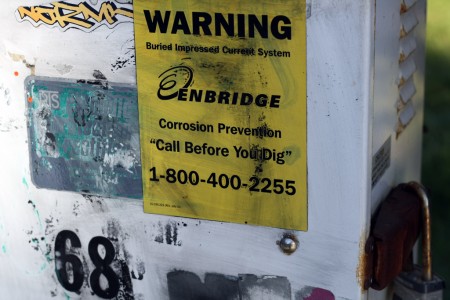Despite the overwhelming evidence for evolution, Richard Dawkins’ The Greatest Show on Earth: The Evidence for Evolution is depressingly necessary. Even in rich countries with good educational systems, large numbers of people believe patently false things about themselves, life, and the universe: among them, that the planet is less than 10,000 years old, that all life forms emerged simultaneously in their present forms, and that humans and dinosaurs co-existed. Dawkins refutes all of these claims with logic and scrupulous evidence: considering the fossil record, embryology, molecular biology, artificial selection (such as plant and animal breeding), and other demonstrations of how life and our planet have changed together. While some of the content is technical, this is a strong book for many audiences, from those already well versed in evolutionary theory and the evidence for it to those wavering and looking for more information to develop their own understanding.
Having personally read almost all of Dawkins’ books, this one nonetheless contained a lot of new and interesting information (as demonstrated by the string of posts it prompted while I was reading it). As ever, Dawkins is skilled at using analogies and examples to illustrate complicated concepts – a talent he shares with the best of science writers. The subject matter of this book also gives him the solid grounding necessary to come across as justifiably passionate, rather than the somewhat abrasive persona he sometimes projects when discussing topics less closely married to empirical evidence. Along with The Selfish Gene and Unweaving the Rainbow, I think this is Dawkins’ best work.
The evidence for evolution is truly overwhelming. The truth of it is shouted out by the embryological development of animals, by the common elements in the developing biochemistry of nature, by the genetic linkages between all species, by fossil records and isotope ratios, and by observations of evolution across human timescales, such as when bacteria evolve to resist antibiotics. Dawkins touches on all of these, using illustrative and often unusual examples. Even those who have studied a lot of biology are likely to find many of them novel and engaging. All this makes it rather tragic that there are still educational institutions that shrink from teaching it, or insist on presenting it alongside theories for which there is not only no evidence, but excellent evidence contradicting key tenets, such as the fact that the Earth is about 4.6 billion years old. Quite simply, students learning biology in a way not infused with evolutionary theory are being an inferior education and needlessly blinded when it comes to the true character of the world. Hopefully, Dawkins’ continued advocacy will help play a role in resisting that insidious phenomenon.
My one complaint about the book is that the hardcover edition seems to have been cheaply printed, on rough and fast-yellowing paper. A book that goes to such lengths to be a celebration of the wonderful character of life on Earth ought to display it all in a somewhat more splendid way. That said, I can appreciate how the advocacy agenda of the text favours a $25 printing, rather than the $50 kind usually associated with slick glossy nature books.
Prior posts inspired by the book:






